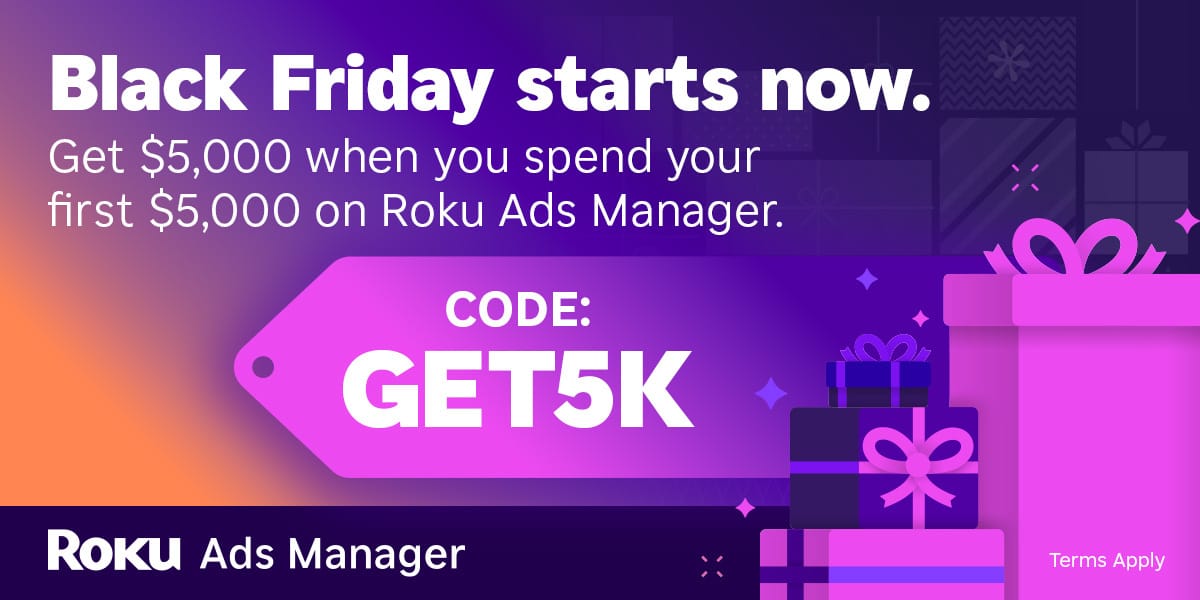Have you ever ordered something online and noticed it cost more than expected?
Or heard news about trade wars and wondered what it means for your grocery bill?
That’s where tariffs come in.
Tariffs are one of those invisible forces that quietly shape the prices we pay, the jobs we have, and the products we see on store shelves.
In this post, you'll learn:
• What a tariff is
• How it works
• Why it matters—even if you've never crossed a border or studied economics
By the end, you’ll see how this simple concept connects to your everyday life.
🚗 What Is a Tariff? Think Toll Booths
Imagine trucks carrying goods from one country to another.
Before they can enter, they stop at a toll booth and pay a fee. That fee is the tariff—a tax charged by the government on imported goods.
Just as tolls make road trips more expensive, tariffs make foreign products more expensive.
And just like tolls influence which roads drivers take, tariffs affect which products businesses choose to buy or sell.
👉 Tariffs are how governments control and charge for goods crossing their borders.
📏 How Tariffs Work
How Is a Tariff Measured?
Most tariffs are a percentage of the product’s value.
Example: A 10% tariff on $100 shoes = $10 tax.
Some tariffs are fixed amounts (e.g., $2 per pound of cheese), but percentage-based tariffs are more common.
Main Types of Tariffs (Toll Booth Analogy):
Type of Tariff | Toll Booth Analogy | Description |
Ad Valorem Tariff | Pay based on car value | % of product price |
Specific Tariff | Flat fee regardless of car value | Fixed amount per unit |
Compound Tariff | Pay both value + flat fee | Combines both types above |
Governments choose policies based on their goals, such as revenue, job protection, or trade strategy.
💡 Why Tariffs Matter to You
Tariffs ripple through your daily life in surprising ways:
• Higher Prices:
Tariffs increase the costs of imported goods, which can result in higher prices at stores.
What this means for you: Budgeting gets harder when tariffs sneak into everyday purchases.
• Job Protection:
Tariffs make foreign goods more expensive, encouraging domestic buying.
What this means for you: If you work in manufacturing or farming, tariffs might help your industry stay competitive.
• Trade Disputes:
Tariffs can trigger retaliation, reducing choices and raising prices.
What this means for you: Fewer options and pricier goods can affect your lifestyle and savings.
• Investing Impact:
Companies with global supply chains may experience a decline in profits.
What this means for you: If you invest in stocks or retirement funds, tariffs can influence market performance.
❓ Common Questions About Tariffs
What’s the difference between a tariff and a tax?
A tariff is a type of tax—but it’s only applied to imported goods. Regular taxes apply to income, sales, or property.
Do tariffs always raise prices?
Not always. Sometimes companies absorb the cost. But often, the extra cost is passed on to consumers.
Why do countries use tariffs?
To protect local industries, raise revenue, or respond to unfair trade practices.
It’s a tool for shaping economic relationships.
🚦 Your Takeaway
Tariffs may seem like distant policy decisions, but they’re more like toll booths on the highway of global trade—affecting what you buy, how much you pay, and even where you work.
Now that you understand how tariffs work, you’re better equipped to spot their impact in your daily life.
Whether you're shopping, investing, or simply curious about the news, this knowledge gives you a clearer view of the road ahead.
📬 Want more beginner-friendly explainers like this?
👉 Subscribe to EconMike for weekly insights that connect economics to your everyday life.
🧠 Ready to dive deeper into trade policy?
👉 Explore more posts on global economics, investing, and financial literacy.
Find your customers on Roku this Black Friday
As with any digital ad campaign, the important thing is to reach streaming audiences who will convert. To that end, Roku’s self-service Ads Manager stands ready with powerful segmentation and targeting options. After all, you know your customers, and we know our streaming audience.
Worried it’s too late to spin up new Black Friday creative? With Roku Ads Manager, you can easily import and augment existing creative assets from your social channels. We also have AI-assisted upscaling, so every ad is primed for CTV.
Once you’ve done this, then you can easily set up A/B tests to flight different creative variants and Black Friday offers. If you’re a Shopify brand, you can even run shoppable ads directly on-screen so viewers can purchase with just a click of their Roku remote.
Bonus: we’re gifting you $5K in ad credits when you spend your first $5K on Roku Ads Manager. Just sign up and use code GET5K. Terms apply.



